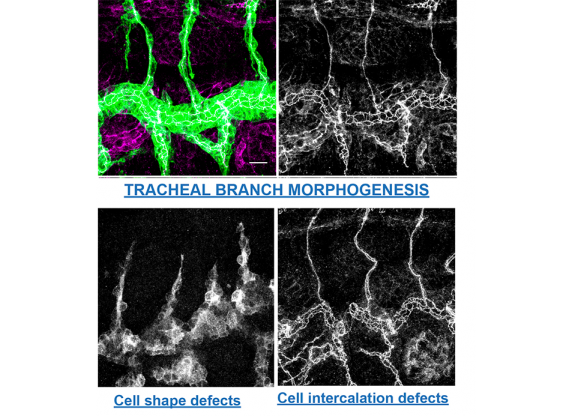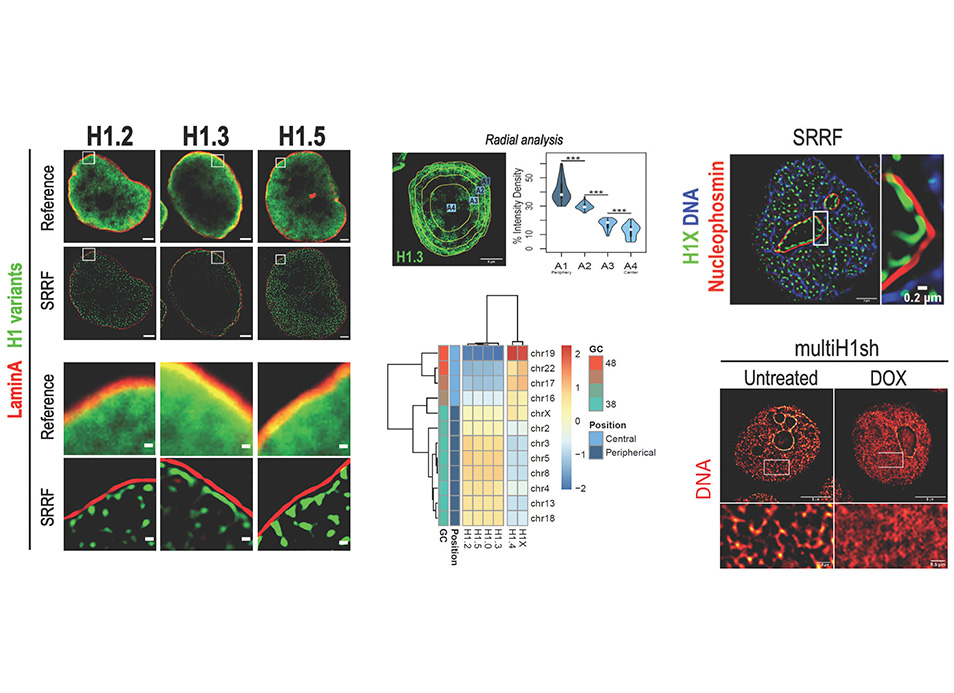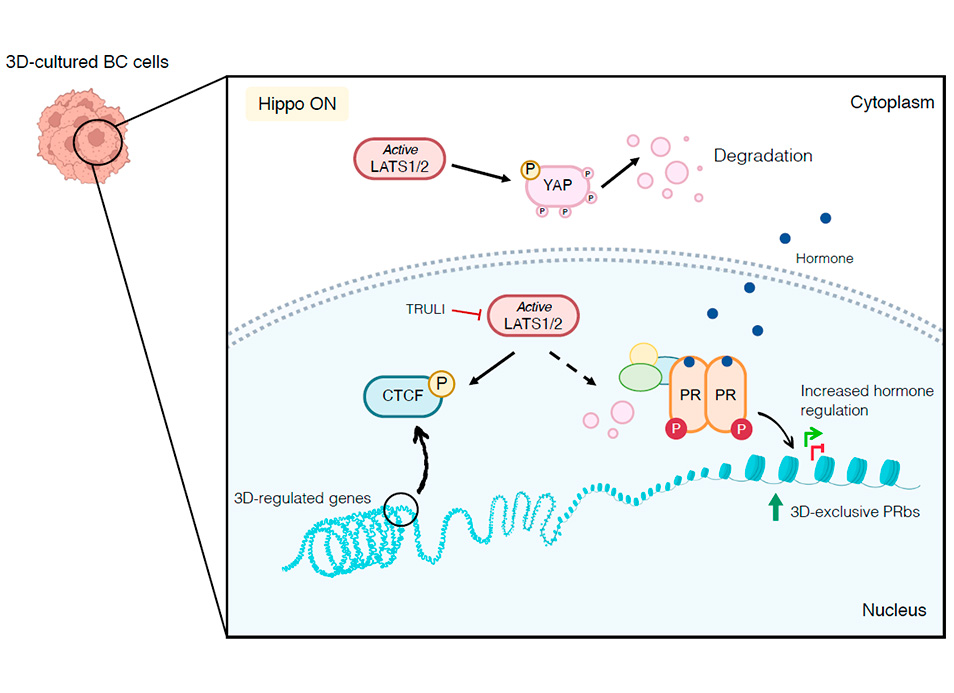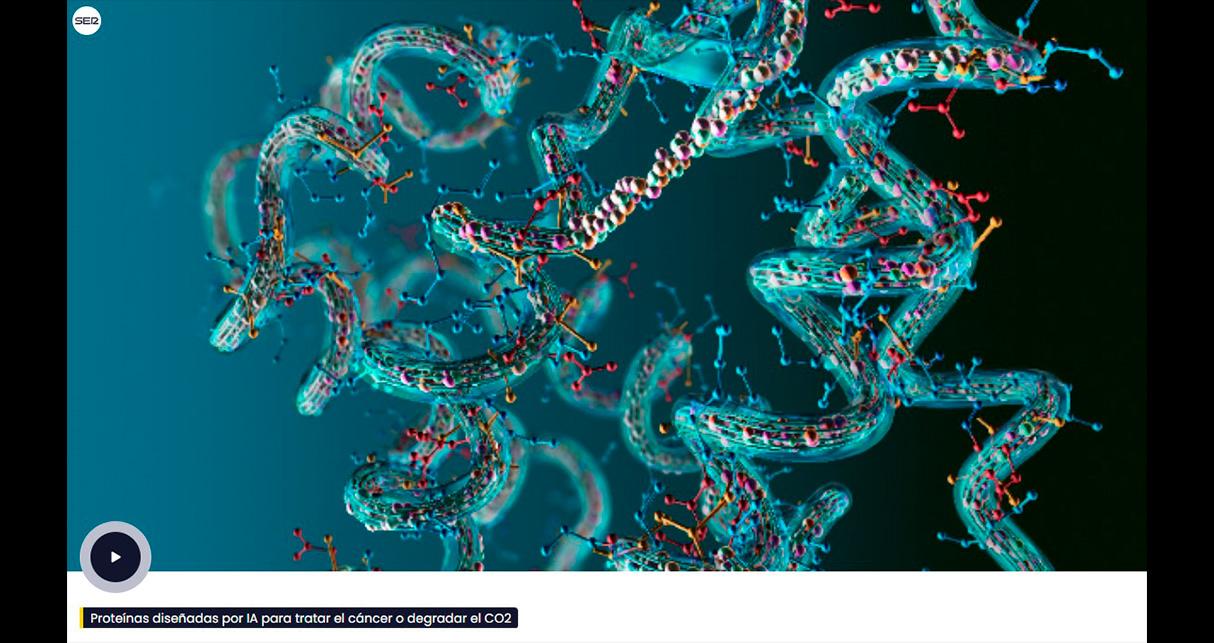New publication in eLife of the Jordan Lab in collaboration with the IBMB Imaging Platform showing that…
Unravelling the distinct contribution of cell shape changes and cell intercalation to tissue morphogenesis: the case of the Drosophila trachea
How do cell behaviours contribute to the formation of the tubes transporting gases and liquids in the living beings? Here we address this issue in the formation of particular branches of the Drosophila respiratory (tracheal) system and find that in this case tubes extend mainly by changes in cell shape rather than by changing their relative position.
Intercalation allows cells to exchange positions in a spatially oriented manner in an array of diverse processes, spanning convergent extension in embryonic gastrulation to the formation of tubular organs. However, given the co-occurrence of cell intercalation and changes in cell shape, it is sometimes difficult to ascertain their respective contribution to morphogenesis. A well-established model to analyse intercalation, particularly in tubular organs, is the Drosophila tracheal system. There, FGF signalling at the tip of the Dorsal Branches generates a ‘pulling’ force believed to promote cell elongation and cell intercalation, which account for the final branch extension. Here we used a variety of experimental conditions to study the contribution of cell elongation and cell intercalation to morphogenesis and analysed their mutual requirements. We provide evidence that cell intercalation does not require cell elongation and vice versa. We also show that the two cell behaviours are controlled by independent but simultaneous mechanisms, and that cell elongation is sufficient to account for full extension of the Dorsal Branch, while cell intercalation has a specific role in setting the diameter of this structure. Thus, rather than viewing changes in cell shape and cell intercalation as just redundant events that add robustness to a given morphogenetic process, we find that they can also act by contributing to different features of tissue architecture.
Casani S, Casanova J, Llimargas M. 2020 Unravelling the distinct contribution of cell shape changes and cell intercalation to tissue morphogenesis: the case of the Drosophila trachea.Open Biol.10:200329. http://dx.doi.org/10.1098/rsob.200329

Confocal images showing wild type fully extended tracheal branches with elongated cells that intercalate (top images). When cell elongation is prevented the branches do not properly extend but cells intercalate. When cell intercalation is prevented the branches can fully extend, but display diameter defects.



